Monroe 1 Boces serves 582 students in grades Kindergarten-12.
The student:teacher ratio of 4:1 is lower than the New York state level of 11:1.
Minority enrollment is 48% of the student body (majority Black), which is lower than the New York state average of 60% (majority Hispanic).
Quick Stats (2025)
- School Type: Special education school
- Grades: Kindergarten-12
- Enrollment: 582 students
- Student:Teacher Ratio: 4:1
- Minority Enrollment: 48%
- Source: National Center for Education Statistics (NCES), NY Dept. of Education
Top Rankings
Monroe 1 Boces ranks among the top 20% of public schools in New York for:
Category
Attribute
Diversity
Student Attention
School Overview
Monroe 1 Boces's student population of 582 students has declined by 10% over five school years.
The teacher population of 144 teachers has grown by 140% over five school years.
School Type
Grades Offered
Grades Kindergarten-12
(offers virtual instruction)
(offers virtual instruction)
Total Students
582 students
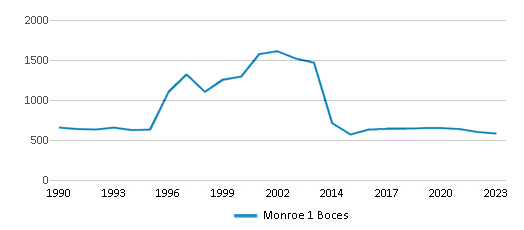
Gender %
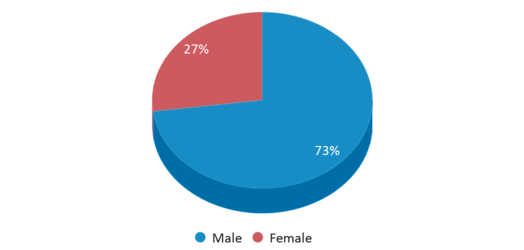
Total Classroom Teachers
144 teachers
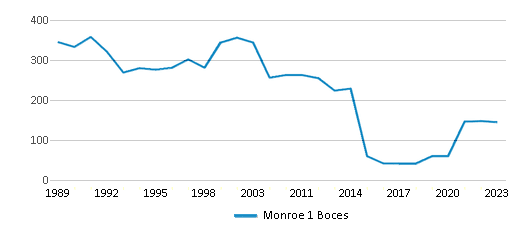
Students by Grade
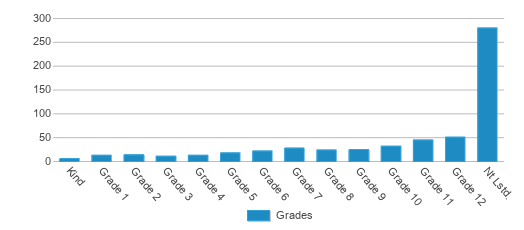
School Rankings
The diversity score of Monroe 1 Boces is 0.65, which is less than the diversity score at state average of 0.72. The school's diversity has stayed relatively flat over five school years.
Student : Teacher Ratio
4:1
11:1
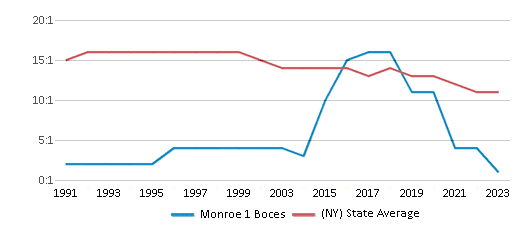
American Indian
n/a
1%
Asian
2%
10%

Hispanic
15%
30%
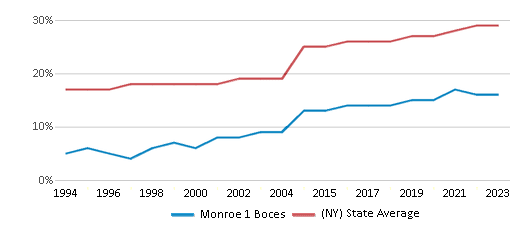
Black
23%
16%
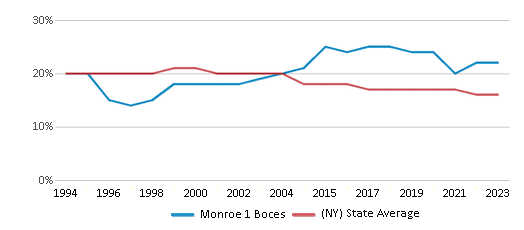
White
52%
40%
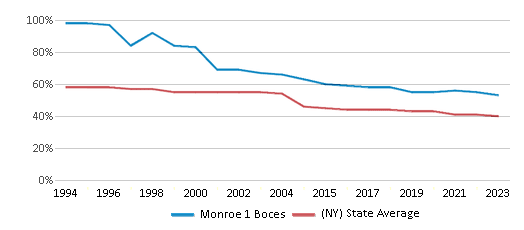
Hawaiian
n/a
n/a
Two or more races
8%
3%
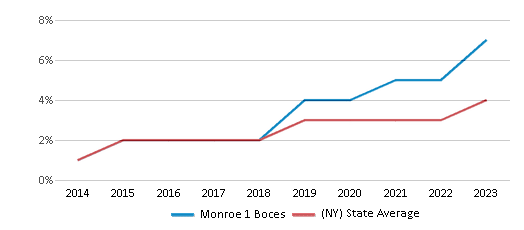
All Ethnic Groups
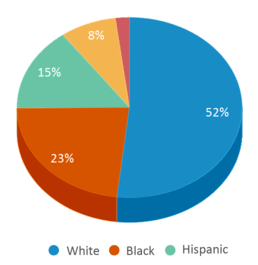
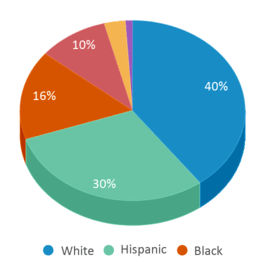
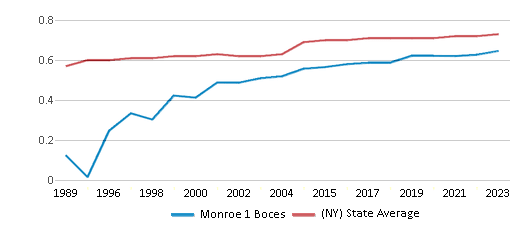
Eligible for Free Lunch
13%
54%
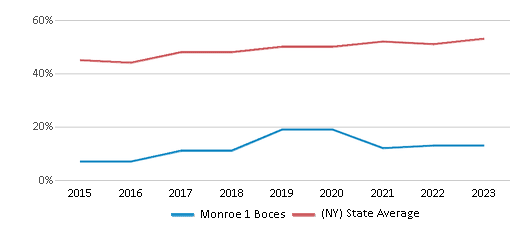
Eligible for Reduced Lunch
1%
3%
School Statewide Testing
School District Name
Source: National Center for Education Statistics (NCES), NY Dept. of Education
Profile last updated: 02/09/2025
Frequently Asked Questions
What schools are Monroe 1 Boces often compared to?
Monroe 1 Bocesis often viewed alongside schools like Monroe 2-orleans Boces by visitors of our site.
How many students attend Monroe 1 Boces?
582 students attend Monroe 1 Boces.
What is the racial composition of the student body?
52% of Monroe 1 Boces students are White, 23% of students are Black, 15% of students are Hispanic, 8% of students are Two or more races, and 2% of students are Asian.
What is the student:teacher ratio of Monroe 1 Boces?
Monroe 1 Boces has a student ration of 4:1, which is lower than the New York state average of 11:1.
What grades does Monroe 1 Boces offer ?
Monroe 1 Boces offers enrollment in grades Kindergarten-12 (offers virtual instruction).
What school district is Monroe 1 Boces part of?
Monroe 1 Boces is part of Monroe 1 BOCES School District.
School Reviews
4 4/22/2020
This is a great diverse school There are a lot of mixed, black, Latino, and white kids, and there are a lot of people to help you. I am a black Bi-sexual woman and I am never bullied; we are like a tight-knit family and I would do anything for my friends. Great private school for special kids with mental disorders. Sometimes though it can be rough because of how close we are and it can be awkward but give it a few days and you'll be good.
Review Monroe 1 Boces. Reviews should be a few sentences in length. Please include any comments on:
- Quality of academic programs, teachers, and facilities
- Availability of music, art, sports and other extracurricular activities
Recent Articles

What Is A Charter School?
Explore the world of charter schools in this comprehensive guide. Learn about their history, how they operate, and the pros and cons of this educational innovation. Discover key facts about charter schools, including admission policies, demographics, and funding, as well as what to look for when considering a charter school for your child.

10 Reasons Why High School Sports Benefit Students
Discover the 10 compelling reasons why high school sports are beneficial for students. This comprehensive article explores how athletics enhance academic performance, foster personal growth, and develop crucial life skills. From improved fitness and time management to leadership development and community representation, learn why participating in high school sports can be a game-changer for students' overall success and well-being.

February 05, 2025
Understanding the U.S. Department of Education: Structure, Impact, and EvolutionWe explore how the Department of Education shapes American education, from its cabinet-level leadership to its impact on millions of students, written for general audiences seeking clarity on this vital institution.





